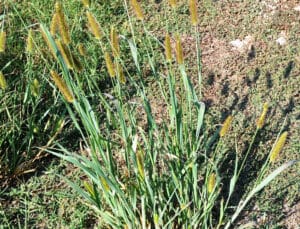Betula pendula
Description
Elegant, drooping branches meet iconic white bark that sheds its layers, making the White Birch Tree ideal for a classic look in your landscape. And the best part: Since it’s grown for Northern California climates and colder areas across the Golden State, it fits right into your area.
Imagine the timeless silhouette of the White Birch, with its rugged, mature bark and flowers from April to May, shining in your backyard. This lush tree offers eye-catching perks from season to season, making it even better. The sleek white bark during the winter months means nearly year-round visual interest, despite its deciduous nature.
Planting
Choose a location for your White Birch with full sun to partial shade (meaning the location receives at least 4 to 8 hours of sunlight each day). Also, the planting area’s soil should be somewhat moist though still well-drained.
When you’re ready to plant, start by digging a hole that’s at least two to three times the size of your tree’s root ball. After placing your White Birch Tree, back fill the soil, tamp down to ensure air pockets are eliminated, and water.
Watering
Because the White Birch Tree needs consistently moist soil, it’s important to water weekly or consider using a soaker hose or bark mulch. The root zone for your tree should be cool and moist, but it does tolerate some dryness in the soil.
Fertilizing
Pruning
The White Birch Tree needs very little pruning, but if pruning is necessary for your landscape, prune it during the dormant season.
| Growing Information | |
| Mature Height: | 30-40 ft |
| Mature Width: | 15-30 ft |
| Sunlight: | Full to Partial Sun |
| Bloom Time: | |
| Growth Rate: | Moderate |
| Grows Well in Zones: | 2-6 |
| Your Growing Zone: | 6 |





